As you read this, you’re losing collagen. After the age of 25, your body loses 1-1.5% of its collagen reserves every year. And when collagen—the primary protein that keeps skin firm, lifted, and smooth—is gone, it’s gone for good. “Imagine a wool sweater that you’ve had for years. With each wash, the fibers of the sweater can break down and lose their original structure,” says Heather Hickman, VP of Education at Dermalogica. “Similarly, as collagen production declines, the skin loses its firmness and begins to sag.”
As we lose collagen, wrinkles set in, and fine lines develop. And while you can’t get that lost collagen back (depressing, I know), there are strategies to prevent collagen loss in the first place. To maximize your collagen reserves, a new trend has emerged: collagen banking. It’s a buzzy new beauty trend that encourages optimizing your lifestyle and skincare routine to “bank” as much collagen as possible.
Featured image from our interview with Roti Brown by Michelle Nash.
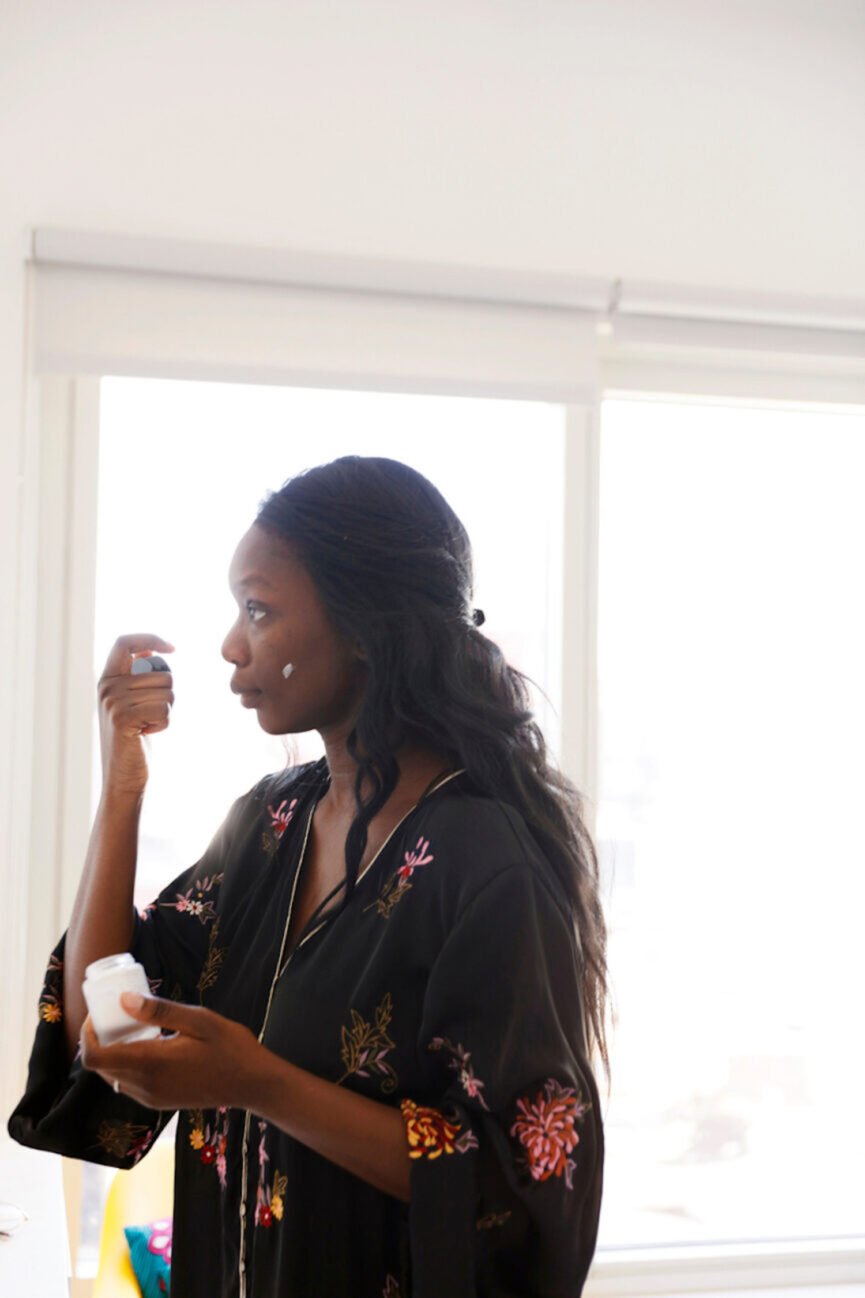
Collagen Banking: Why the Pros Recommend This Skin-Plumping Practice
From collagen skincare products to collagen supplements and collagen-promoting wellness habits, I spoke with Hickmans about how to make collagen banking part of your daily routine. If you’re past your quarter-life crisis and looking for ways to keep your collagen stores strong, read on.

Heather Hickman is the Vice President of Education at Dermalogica, where she has spent over 20 years contributing to the brand’s advanced education of skin therapists. She began her journey with Dermalogica and The International Dermal Institute as a licensed skin therapist and educator.
What is collagen banking?
Collagen banking is a proactive skincare approach where you try to keep as much of your collagen as possible, while helping promote collagen production. “We know the rate and quality of collagen production begins to slow as we age and is accelerated by environmental and lifestyle factors,” says Hickman. “The aim, therefore, is to protect and preserve the skin’s collagen today, so you have more for tomorrow, just like storing it in a bank for future use.”
Unlike many buzzy beauty trends, this one is expert-approved. There are many ways to stimulate collagen, but Hickman recommends focusing on the three Ps:
- Promote: From supplements to collagen-based skincare, you can promote collagen by ingesting it or using ingredients that accelerate cell turnover. According to Hickman, “Incorporating active ingredients into a daily skin health product that encourages the production of new collagen and protects existing collagen from degeneration will effectively slow down the signs of aging associated with collagen loss such as loss of structure, skin sagging, and wrinkles.”
- Preserve: Reduce “external factors and lifestyle choices such as sun exposure, pollution, stress, and poor diet. I like to refer to these as ‘collagen thieves’ that can further reduce our collagen production,” says Hickman. Preserve collagen by avoiding lifestyle factors that break down collagen.
- Protect: Nourish your skin to protect your skin barrier and your existing collagen reserves.
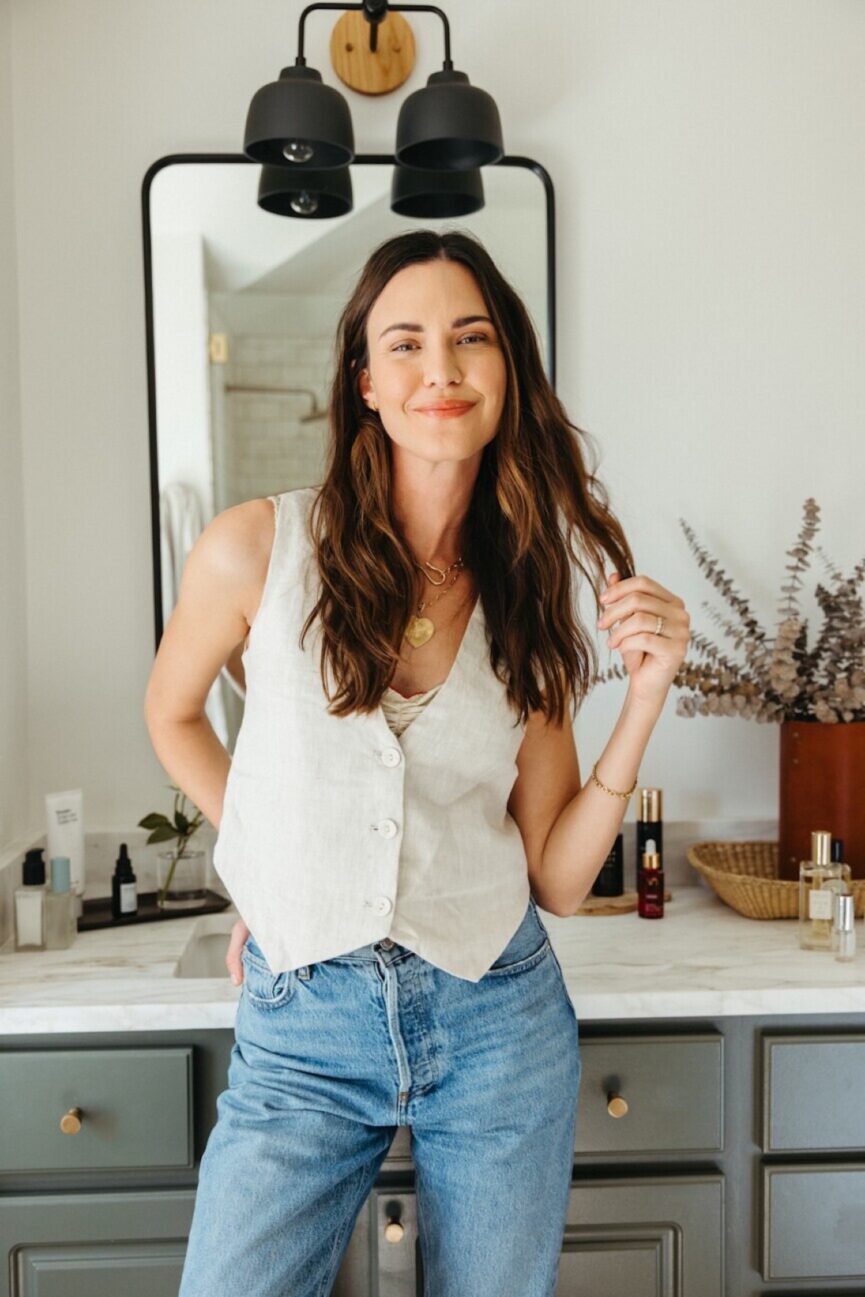
5 Ways to Make Collagen Banking a Part of Your Routine
As with many wellness and beauty practices, the key to collagen banking is making it a part of your routine. The idea is that if you stack your day with collagen-friendly habits, you can retain as much collagen as possible. Don’t worry: it’s not as intimidating as may sound. By optimizing things you already do—like your skincare routine or daily nutrition habits—you can promote collagen production and prevent collagen loss.
Explore collagen supplements
Collagen products are everywhere for a reason—they promise glowing, youthful skin. But they do more than give you a superficial boost, they also stimulate collagen production and might even help stimulate elastin and other vital proteins. Designed to be easily integrated into your routine, collagen supplements are a low-effort way to start collagen banking.
You can also supplement your collagen intake with what you eat. Start your day with bone broth or incorporate collagen-rich foods into your diet. Try these nutritionist-approved picks:
- Foods high in vitamin C like citrus fruits, tomatoes, bell peppers, leafy greens, and broccoli.
- Prioritize omega-3s with fatty fish (tinned fish girlies get it), avocados, walnuts, chia seeds, flax seeds, and eggs.
- Foods rich in zinc and copper like shellfish, grass-fed beef, nuts, and beans.
Shop Collagen Supplements

Add collagen to your skincare routine
Good news: you don’t need to adopt a complicated skincare routine to try collagen banking. You can optimize even the most streamlined skincare routine to both prevent collagen loss and protect the collagen you already have.
“Daily use of at-home products designed to bank collagen and promote natural collagen production is a must for anyone looking to combat the signs of aging,” says Hickman. “Easy-use products such as serums are a great way to incorporate collagen banking ingredients as this allows you to still layer protective SPF over the top and use day and night.”
Shop Collagen Skincare
Use antioxidant-rich skincare
Adding collagen-based products to your skin is one thing, but here’s the secret: it’s even more effective to use ingredients that help stimulate natural collagen production and prevent further collagen breakdown.
Antioxidants are some of the most effective ingredients for collagen banking. They combat oxidative stress—a major factor in premature signs of aging and collagen loss—and are even said to help boost the efficacy of collagen. Vitamin C and trehalose are some of the best antioxidants to look for.
This is especially important at night, when the day’s impurities are wreaking havoc on your skin. “Have a good double cleansing routine night and day to remove pollution and impurities from the skin that trigger enzymes to degrade your collagen,” Hickman notes.
Shop Antioxidant Skincare
Try non-invasive skin treatments
Consider trying treatments that promote collagen by making your skin heal itself. “Your skin is always going to get the best result if you partner your homecare use with skin services provided by a licensed professional,” says Hickman. “One of the most impactful services for collagen banking is microneedling. Microneedling causes controlled micro-injuries to the skin promoting the skin’s fibroblast cells to produce collagen to repair itself.”
She also recommends “treatments involving LED, Nanoinfusion, Gua Sha massage, and microcurrent, which can also be highly impactful on stimulating blood flow.” In turn, this stimulates “the production of fresh collagen in the skin.”
Audit your lifestyle
Lifestyle factors are some of the biggest contributors to collagen stores. Here are some simple lifestyle habits that can make or break your collagen reserves.
- Sleep. Beauty sleep is more than a nice-to-have—it’s a collagen-banking essential. Read our tips on increasing your beauty sleep routine.
- Stress. “Find ways to manage your stress,” Hickman encourages. “Stress can cause an inflammatory response leading to the acceleration of collagen degeneration.” Try some of our favorite products to destress.
- Caffeine. Caffeine raises cortisol, and if timed incorrectly, it could sabotage your sleep. While you don’t have to cut caffeine out entirely, consider how it could be harming your collagen banking efforts.
- Sugar. The results of too much sugar aren’t so sweet. According to Hickman, “excess sugar consumption can cause a reaction in the body called glycation that triggers the breakdown of skin proteins including collagen.”
- Gut health. Everything comes back to your gut. The link between gut health and skin largely revolves around its effect on collagen production. Address your gut health for an overall healthier glow.
- SPF. SPF keeps skin protected against premature fine lines and sunspots—which come from, you guessed it, collagen loss.
The post This Viral Skincare Trend Could Be the Answer to Glowing Skin—No Matter Your Age appeared first on Camille Styles.

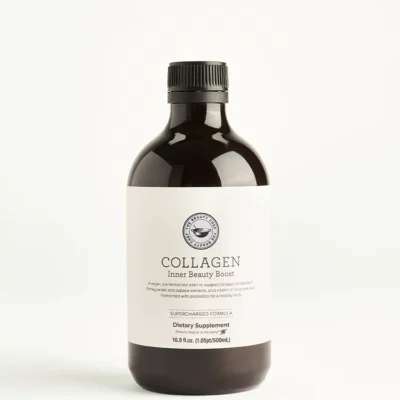
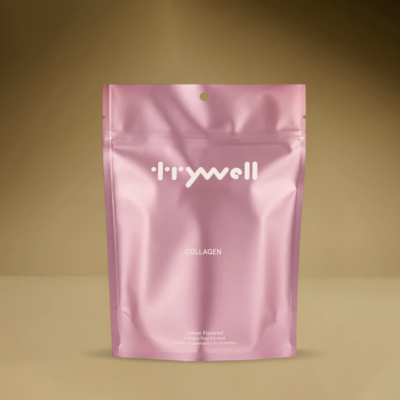
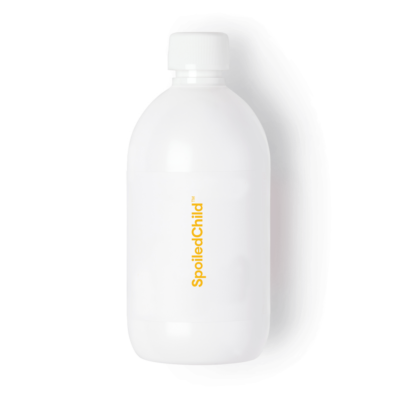
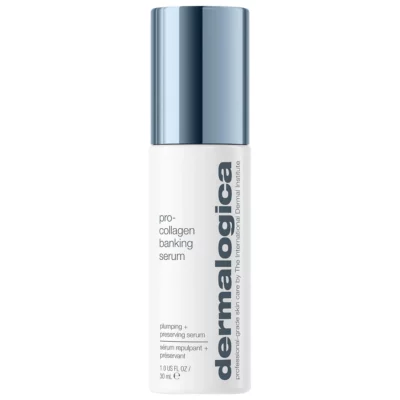
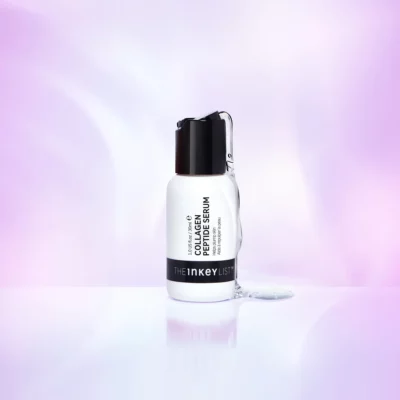
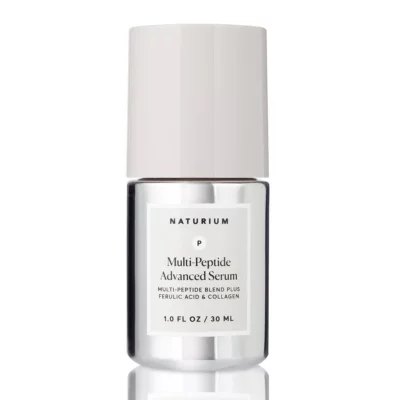
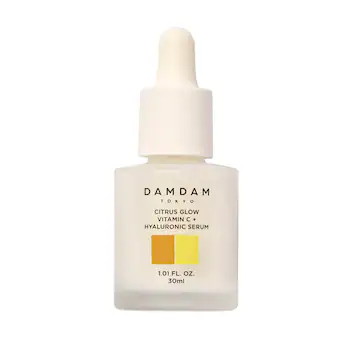
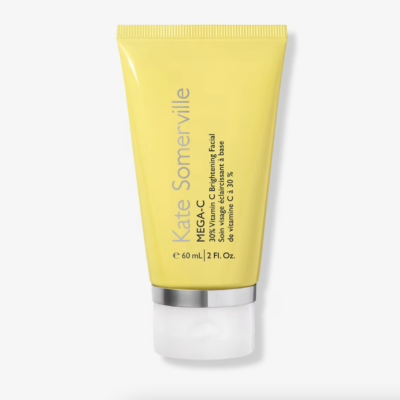
 30% Vitamin C Brightening Facial
30% Vitamin C Brightening Facial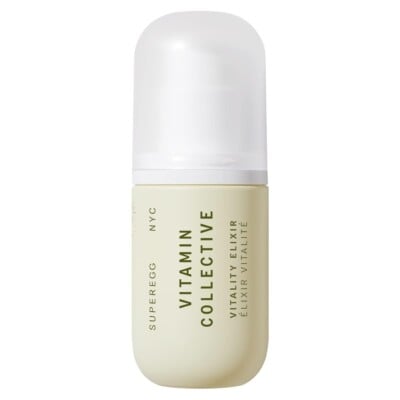
0 Comments